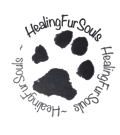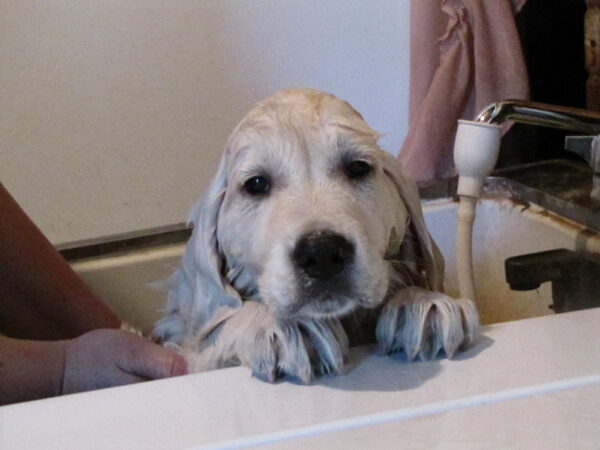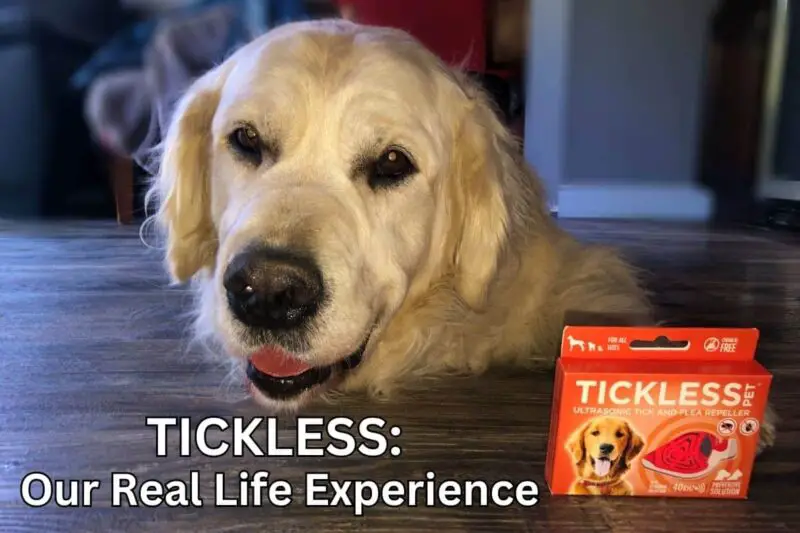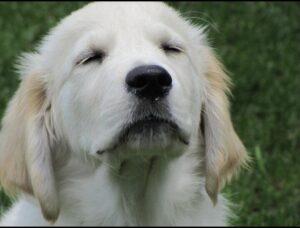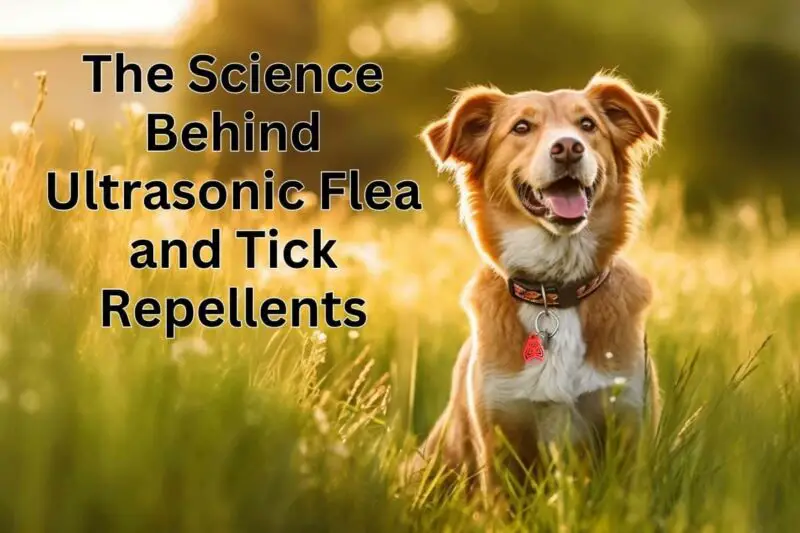How to Bathe a Puppy – Fur Baby’s First Bath
A puppy’s hair and skin are drier and more sensitive than adult dogs. Keep baths stress-free and use warm water and a natural unscented shampoo with pH levels formulated for puppies. Avoid human shampoos and scented baby shampoos. Bathe your puppy no more than once every three months.
Your fluffy little fur baby is getting a bit dirty and it’s time for a bath! Take the time and prepare for a stress-free experience that your puppy will enjoy well into his adult years. Brush out loose hair first, and choose a natural pH-balanced puppy shampoo without harsh chemicals or fragrances. Keep sensitive skin healthy from the inside out by feeding your puppy a natural, whole foods diet.
When Can I Give My Puppy His First Bath?
You can begin to give your little guy a bath when he is about 3 months old.
Waiting a bit gives him a chance to develop healthy bacteria and oils that protect his tender, developing skin. It also gives you time to prepare him properly for a lifetime of stress-free, fun baths!
How to Prepare Your Puppy for His First Bath
Give your puppy a few “dry runs” before his first real bath – you’ll be glad you did!
Once your puppy has become familiar and comfortable with your home routines, bring him to the bathing area and simply run the water so he can get used to this new sound. Play with him and keep him stress-free with lots of love, attention (and a few cookies)!
The next time you bring him to the bathing area, run the water again and simply brush or massage him with a towel to get him used to this type of touch. You can moisten the towel or pour a little water over his legs and back. Give him lots of praise and keep this experience stress-free.
Prepare your puppy for his first bath by running water and giving him massages or brushing him near the tub. Just get him used to the sounds and touch.
What You Need for Your Puppy’s Bath
When your puppy is happy, calm and ready for his first bath, collect everything you need first so you won’t need to step out. Never leave a puppy alone in a tub of water or running shower.
You will need:
- Puppy shampoo. Choose a natural, unscented, pH-balanced puppy shampoo. Our favorites are Vermont Soap Organics Pet Shampoo and Burt’s Bees Dog Shampoo.
- A soft brush or hand-held shampoo bath brush.
- Two facecloths.
- Two separate wash basins (one for soapy water and the other for fresh, non-soapy water to wash puppy’s face).
- Towels (you can never have too many)!
- Cookies, treats or a favorite toy. We love these homemade lavender biscuits with calming herbs to make baths stress-free!
How to Bathe Your Puppy
- Before his bath, brush him well with a soft brush designed for puppy skin.
Brushing removes loose hair, dirt, debris and mats from his hair, making bathing more comfortable. The act of brushing also mimics the licking his doggy mom would use to keep him clean and calm. Brushing limits the amount of excess fur that goes down your drain too. - Take things slowly.
Give him lots of love and encouragement. Introduce him gradually to the shower area and be patient as he gets used to the water. Reward him with treats or a special toy when he becomes curious about the bath or allows you to gently bathe him. His first bath could take an hour or more. If he becomes stressed, stop, help him calm and then proceed.
Hint: for stressed puppies, we play quiet nature sounds, give them lavender dog cookies and check our own stress levels so that we are calm and confident. - Use warm water – never cold.
Warm water relaxes muscles and keeps his body temperature stable. Cold water contracts muscles, making bath time uncomfortable and stressful. Puppies also don’t have the protection from heat loss that adults have, so never use cold water or a garden hose. - Gently and slowly wet down your puppy, from his neck down.
Avoid his face and don’t get water in his ears, eyes, nose or mouth. - Massage the puppy shampoo into his coat and skin gently.
Work your way from his neck back toward his tail, massaging him with your fingertips. - Use a facecloth to gently wet his face.
Dip the cloth into the soapy water and gently dab his face, avoiding eyes, nose and mouth. Gently clean his ears with a damp cloth, avoiding the sensitive ear canal. Rinse the cloth and dab his face with clean water until there is no residue left.
Hint: Keep sensitive ears clean by using natural ear wipes in between baths.
- Rinse him from the neck down thoroughly with warm water from a shower spray hose or a plastic pitcher.
Keep the water away from his eyes, nose and ears – moist ears can lead to infections. - Use a dry facecloth to gently dab the inner ear flap and around the outer ear canal to dry this area, in case it got wet.
Don’t stick your finger in his ear canal. - Towel dry him before he wiggles out to shake the remaining water all over your walls! Offer praise and treats for good, calm behavior throughout the bathing procedure. Make this a pleasurable, stress-free experience for both of you.
- If you have a special hair dryer for dogs, you can use this to fluff his coat, as long as it doesn’t stress your dog.
Always keep the temperature on a cool setting. The loud noise and forceful air flow can stress a sensitive dog – let your dog guide you. - Once he’s dry, brush him out for a smooth, glossy coat!
Do Puppies Have Different Skin & Hair than Adult Dogs?
Puppies hair and skin are drier and more sensitive than adult dogs. They are more sensitive to skin irritation and flaking.
Puppies are born with a soft, fluffy coat of hair and singular hair follicles, which go on to develop 3-15 more hair follicles as they grow. Hair grows thicker and stiffer as they attain their adult coat. Double coated dogs also develop their second coat as they grow.
The skin’s lubricating glands are less active in puppies which can lead to dryness, more dandruff and flaking skin. This is why we must use gentle brushes and shampoos, and limit baths to no more than once every 3 months. If you notice dandruff or flaking skin, never use a human dandruff shampoo. Consider more frequent gentle brushing and adding a healthy Omega 3 oil blend to his food. We recommend a clean, toxin-free human-grade fish oil.
Best and Worst Shampoos for Puppies
Always choose a safe, natural shampoo designed for your puppy. Don’t use shampoo products designed for humans, dishes or windows!

Don’t Use Human Shampoo on your Puppy
Never use shampoos designed for grown-up humans on your puppy. Harsh chemicals, fragrances and acidic pH levels can irritate their skin, change the healthy bacterial balance and leave them prone to itching and skin infections like hot spots.
Don’t Use Scented Baby Shampoo on your Puppy
Although baby shampoos are made with fewer harmful chemicals and fragrances than regular adult human shampoo, ingredients in popular baby shampoos (like Johnson & Johnson) still contain possible carcinogens and fragrances that can irritate sensitive puppy noses and skin.
Baby shampoos are also designed for the more acidic skin of babies, not dogs. In a pinch, you can use an unscented, natural baby shampoo like Better Burt’s Bees Baby Bee Tear Free Shampoo & Wash. Ensure that you rinse your dog thoroughly after sudsing.
Worst Shampoo Products for Puppies
Your puppy is not a dish, window or human! Never use:
- dish soap like Dawn detergent
- vinegar
- waterless (dry) shampoos
- human shampoos (some unscented baby shampoos are ok)
- medicated shampoos like Head N’ Shoulders
What Can I Wash my Puppy With?
Always use a gentle, natural shampoo formulated for puppies’ sensitive skin. Choose clean, natural ingredients that are organic and cruelty-free. Use unscented shampoos or ones with natural essential oils that won’t overwhelm and irritate puppy’s sensitive noses. Choose a natural dog shampoo with no harsh chemicals or fragrances, and a safe pH level.
Best Shampoos for Puppies
We love these clean, natural products that are kind to your puppy and the environment:
Vermont Soap Organics Pet Shampoo – clean ingredients with USDA-certified organic essential oils, aloe vera and milk-based Castile soap. GMO- and gluten-free, no allergens or chemicals and cruelty-free. Perfect for puppies and dogs with sensitive skin.
Burt’s Bees Dog Shampoo Fragrance-free, clean ingredients and NEVER tested on animals. We love that Burt’s Bees contains natural honey, oats and honeysuckle and cleans thoroughly.
Earthbath Dog Shampoos – clean ingredients, free of dyes and common chemicals, pH balanced for puppies with only natural fragrances like essential oils. They are not tested on animals.
On a budget? Make your own home made oat bath! This is a safe, natural & inexpensive bath for puppy’s sensitive skin. Requires a little preparation and can be slightly messy in the tub.
Hint: Make sure to have some cookies nearby so your puppy nibbles on those and not on the oat bath!)
How Often Should I Shampoo My Puppy?
You should hold off on puppy’s first bath until he is about 3 months old. It’s fine to give puppies a bath every few months if they need it, otherwise a few times a year is usually sufficient, along with daily brushing and a healthy diet.
Keep your Puppy’s Skin Healthy from the Inside Out
You can use the best shampoo products for your puppy, but nothing affects his skin and fur more than what you feed him.
Keep your puppy’s skin and fur healthy from the inside out with a natural, whole foods diet. Feed him clean, raw or gently cooked meats, vegetables and healthy oils. Avoid most grains and dairy which are the basis of food sensitivities and itchy skin that can lead to hot spots.
Check out some of our healthy meal and treat recipes!
FAQs
Can I use baby shampoo on my puppy?
Puppies have drier, more sensitive skin than adult dogs. Baby shampoo is formulated for the pH of human babies, not dog babies – so only use baby shampoo in a pinch until you can get a proper shampoo formulated for puppies.
If you don’t have a shampoo formulated for puppies (or adult dogs), choose an unscented, clear baby shampoo like
Better Burt’s Bees Baby Bee Tear Free Shampoo & Wash Rinse your dog thoroughly after shampooing.
Can I use (adult) dog shampoo on my puppy?
Puppy formulations are a bit different than those for adult dogs. They tend to be more gentle, and address the special needs of puppies, like drier skin and developing hair.
However, a high quality, natural shampoo for dogs works beautifully with puppies too. Choose a shampoo without synthetic fragrances or harsh chemicals like
Vermont Soap Organics Pet Shampoo or Burt’s Bees Dog Shampoo.
Can I use conditioner on my puppy?
If you use a gentle shampoo formulated for puppies, you won’t need to use a conditioner. Conditioners are used when harsh shampoo products dry and strip a dog’s natural protective oils. If your puppy’s fur and skin is dry after using a natural, gentle, pH-balanced shampoo, consider supplementing his diet with healthy Omega-3 oils.
Be kind to all living beings. Respect the earth we share. 